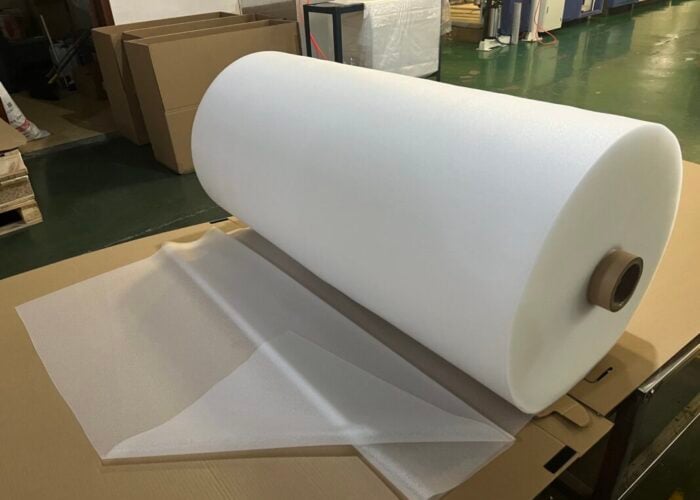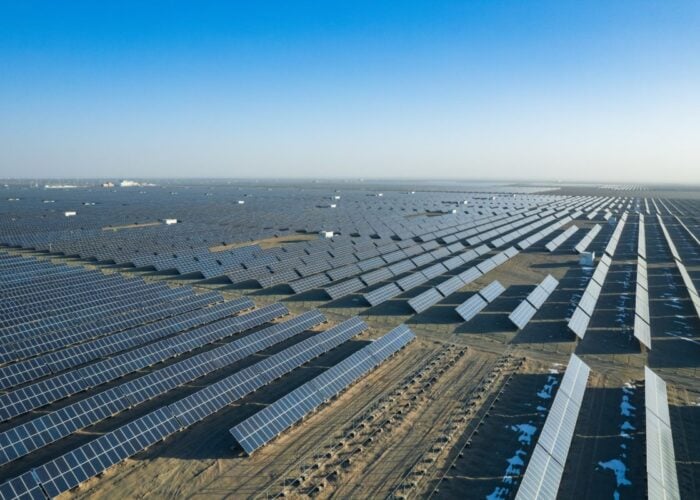
Brazil has released its long-awaited 10-Year Energy Expansion Plan proposition, PDE 2026, projecting the country to reach more than 13GW of solar PV deployment by 2026.
Brazil’s energy agency EPE and the Ministry of Mines and Energy (MME) unveiled the draft, which is up for public consultation until 6 August.
Unlock unlimited access for 12 whole months of distinctive global analysis
Photovoltaics International is now included.
- Regular insight and analysis of the industry’s biggest developments
- In-depth interviews with the industry’s leading figures
- Unlimited digital access to the PV Tech Power journal catalogue
- Unlimited digital access to the Photovoltaics International journal catalogue
- Access to more than 1,000 technical papers
- Discounts on Solar Media’s portfolio of events, in-person and virtual
There was no PDE publication last year due to changes in both the government and EPE. The industry has been in great anticipation of the government energy projections given that they direct how much capacity will be procured in forthcoming renewable energy auctions and other related policies.
Ultimately, EPE expects non-hydro renewables to reach up to 48% of the energy mix by 2026.
Under a reference scenario, the new PDE plans for large-scale solar to reach 9,660MW by 2026, up from just 21MW in 2016. Combining this 9,660MW with the deployment of 3.5GW of distributed generation PV, the overall installations for solar would surpass 13GW by 2026.
Previous PDE’s had projected just 7GW overall by 2024, so the new plan delivers a more positive outlook for the sector, Rodrigo Sauaia, president of Brazilian solar association, ABsolar, told PV Tech.
However, rather than the 13GW of government projections, ABsolar is still recommending that the target be 14GW of utility-scale PV, plus the additional capacity of up to a million distributed generation PV systems.
The new PDE also includes different projections under various scenarios for the first time. For example, under a scenario of significant reduction in investment costs for solar in the coming years, the government nearly doubles its annual deployment expectations from 1GW to 1,877MW from the year 2023 onwards. This change would bring additions of large-scale PV to a huge 10.5GW just between the years 2020 to 2026.
As PV tech has already outlined, Brazil is expected to surpass 1GW of installations this year. PDE 2026 also projects the country to reach more than 2GW by the end of 2018.
Sauaia said: “This would really put Brazil on the map in terms of being one of the strongest emerging markets in the world for solar energy.
“There was a lot of uncertainty and tension in the air regarding this document, and the results so far seem positive for the solar sector. They are not exactly what the sector expected, but Brazil is also facing a complex macroeconomic scenario, which affects all electricity sources. But what we see very clearly is that this coming decade will be the decade whereby PV will be ramped up in the Brazilian electricity mix.”
Sauaia also said the PDE offers more clarity in the medium term by setting the annual additions figures at a steady 1GW, which will benefit the PV supply chain. However, he again cited ABsolar’s preferred goal of 2GW of additions per year instead of 1GW. Actual solar additions will depend on policy, regulations, taxation, financing availability and electricity prices in Brazil, he added.







